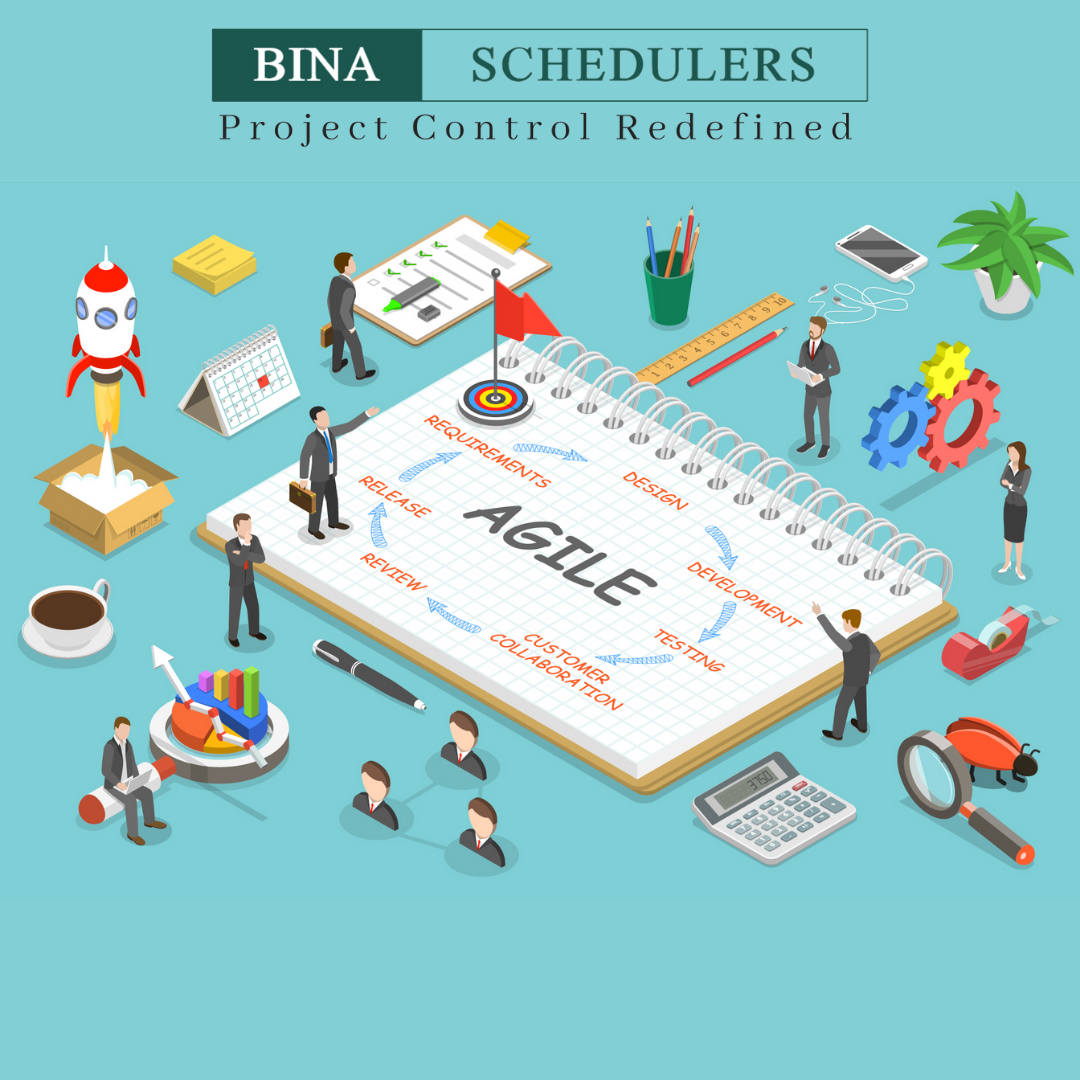
New tasks are frequently being created within projects. Since various tasks require various capabilities, the organisation and the project team complement each other for each project to meet the battles and challenges. This partnership is becoming increasingly popular and can be observed in the form of, for example, matrix organisations.
If the working class; the project team, is constantly being reorganised, is it more probable that the project team will not have previous experience working together as a team. Because of such reasons, it is foreseeable that the risk of misunderstandings and conflicts in such situations increases considerably.
A part of everyday work to the project manager is dealing with such ‘superficial relationships’ in a project team. There is an added advantage to those who can understand the psychology of the situations, and can better assess the behaviour of their colleagues and steer them in the right direction. People often overlook this, but it comes down to what happens when people meet each other for the first time, how people react different to unfamiliar situation, how behavioural norms in project teams establish themselves very quickly, how a project team develops from a project group, how corporate culture influences project work, and how personal conflicts can quickly become disruptive factors in project work.
A project manager heading in the direction of success is expected to understand and manage all their aspects of human behaviour, to take them into account in his project team and steer accordingly. Hence, a project manager must not only be well equipped in project management methods, economic issues, economic goals and project organisation, but also in psychological aspects of human cooperation within the project environment.

Learning Styles in Project Teams
New and temporary tasks are mastered in projects. It is definite that if you’re doing something for the first time, you will not know in advance how to do it. Hence, you would have to teach yourself first how to work the task. They are much alike; learning a new skill or knowledge and how to approach a project task. Therefore, it is important for the project manager to understand what the different styles of learning are, so that he can give tips and explanations for the project team depending on their behaviour and personality. There are people who approach new tasks by reflecting and observing, and some who prefer an active experimental approach.
Kolb uses two variables to describe the learning style. The first variable deals with processes, for example, how we approach a new task. The two endpoints of this variable are 'active experimentation' and 'reflective observation'. The second variable deals with what we think about a new task and how we feel when we carry it out. The two endpoints here are 'concrete experience' and 'abstract concepts'. In Kolb's model it is assumed that we cannot deal with the two opposing terms at the same time, rather we must decide on one of the endpoints for each variable. Therefore, a matrix with four fields, each representing a learning style, is created from these two variables.
The first learning style is that of the discoverer (also called diverger). These people can look at new tasks from several different perspectives. They prefer to watch rather than try something out in practice. The second learning style is that of the thinker (also called assimilator). These individuals prefer a logical approach and prefer learning with ideas and theoretical concepts to interaction with people and teams. The third learning style is that of the decision maker (also called converger). These people tend to want to solve problems practically. They are more interested in technical specifications and functions than in people and groups. The fourth style of learning is that of the doer (also known as the accommodator). These people learn by putting different approaches directly into practice and trying them out, rather than thinking about the ideas and solutions in depth.
By knowing the learning style of a project member, a project manager will be able to better classify his behaviour when dealing with new, previously unknown tasks. In addition, the project manager can better support this person, as he can pass on new information and new knowledge in a way that best suits the learning style of the individual. Interesting in this context is that some learning styles work better than others during different stages of the project life cycle. Imagination works brilliantly when working on the project scope, reflecting works well during planning and the hands-on-mentality is good for the project execution. A project manager aware of such phenomena can help the project team emphasise a helpful behaviour.

Phases of (Project) Team Development
Starting at their highest level of potential productivity isn’t a common start taken by project teams. After formation of the team, they go through a few phases that are characterised by different behaviours. The Tuckman model is one of the best known models for team development. The model describes four phases, in which every team must go through before a high-performance team is formed. It is also important to keep in mind that every tea, no necessarily follow the model as a Bible, since human behaviour is complicated, complex and has a strong influence. Therefore, observing the teams, they sometimes tend to jump back and forth in the phases as the phases partly overlap and it is expected to see some regression. Let’s say a new team member joins the team, or members are switched, the team then is reset to an earlier phase.
The first phase: FORMING
The formation of a new team, with new colleagues and activities are usually exciting at first. Most team members have a positive outlook as they have been selected to be in the team, and hope to have a positive experience. Although, they might fear how they will be accepted in the team, and if their performance will reach the standards and requirements. This is the stage where most team members have questions running through their minds, as they are still uncertain about their role. The natural contact at this stage would be the project manager. Most questions are directly straight to him at this phase.
The second phase: STOMING
The initial uncertainty mentioned about is shed over the course of the project work. The focus and attention of the project team members shifts from the actual activities and the question of belonging to the behaviour of the other project team members. Lying in the center of attention, the focus shifts to the relationships with and expectations of the project team members. There will be conflicts, as project team members start to express their opinions openly, introducing the risk of a clash of expectations. At this stage conflicts are also approached in an open fashion.
The third phase: NORMING
When the teams have overcome the conflicts and a common ground has been established, the atmosphere changes to a lighter mood, where satisfaction and belonging is created.
Conflicts are left behind and the project team members have a common goal in mind. No longer do they want to achieve goals as individuals, but now as a team. At this stage, all weaknesses and strengths of each individual are accepted and project team members have developed an understanding of their roles and contributions.
The fourth phase: HIGH-PERFORMANCE
Not all project teams reach this stage. Accomplishment of coming to this stage requires the team to have accepted all group norms and have established a balanced distribution of roles. Moreover, focusing on a common goal, project team members must have accepted the behaviour of their co-workers. There needs to be a construction communication and feedback culture developed between members. If these conditions are met, the project team members are generally highly motivated and can work independently towards the common goal.

This team development model provides the project manager with additional information on the cooperation and interaction taking place within the group, the leadership behaviours can then be adapted accordingly throughout the different phases.
Within the formation of these different phases, the project manager needs to be most supporting during the first phase; Formation. He should take on the leadership role and set the direction of the team by openly communicating tasks and expectations. Open and direct resistance to the leadership style of the project manager is rare during this phase. The project manager can support the team by acting as chairperson and by structuring and organising the meetings.
The second phase, Storming, is generally more strenuous for the project manager, as they must justify their decisions, organisation and leadership methods to the project team members. In this slightly chaotic phase, the project manager is responsible for listening to the project team members, in order to intervene in case of conflicts. It is common for not meeting all the project team members’ suggestions and ideas but the project manager gains confidence by showing the project team members that they are willing to listen. It is often less important to explain the more precise goals and activities, but much more important to explain the way there.
The project manager can easily start to withdraw and to delegate certain responsibilities and tasks, as the team has accepted the common goal and is trying to work together to achieve it in the third phase, Norming. Now that the project team members are no longer distracted by conflicts or relationships, they can start to tackle more complicated tasks. In this phase, it is useful for the project manager to work on motivating the team as a whole, and as individuals. The project manager can also continue the work of involving the team more deeply in decision-making, longer-term planning and organisation.
The high performance phase is the last phase and it happens when the team basically works independently and efficiently in all aspects towards the common goal. The project manager can now stop focusing so much on the team, but to the outside world. He should not only set goals for the team, but also share visions for what can be achieved in the future. These visions specifically concern the performance of the project team and are not regarding the project result. The project manager also acts as a pathfinder for the team by tackling external obstacles and clarifying organisational difficulties within the company, so that the team can focus on their activities, undisturbed.
Summary
In everyday life of a project manager, it is impossible to avoid the psychology (human behaviour) aspect. Unfortunately, this is not given much focus on, in project management education or literature. Learning styles and Tuckman's team development are two examples of psychological models that can help the project manager better understand his or her project team and how to improve interaction with the project team members.
The last piece of advice to psychology for project managers; When dealing with human behaviour, all there is out there are general ideas, as people do not always behave predictably. It is possible to learn from these psychological models, but eventually you need to be able to adapt those models and ideas in every encounter with your project team.





























